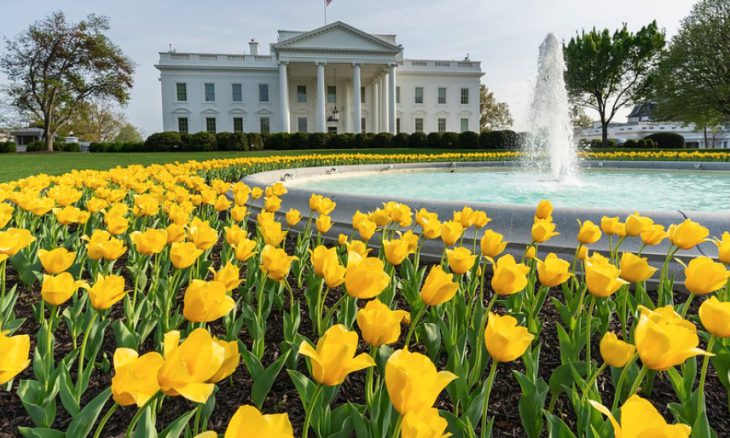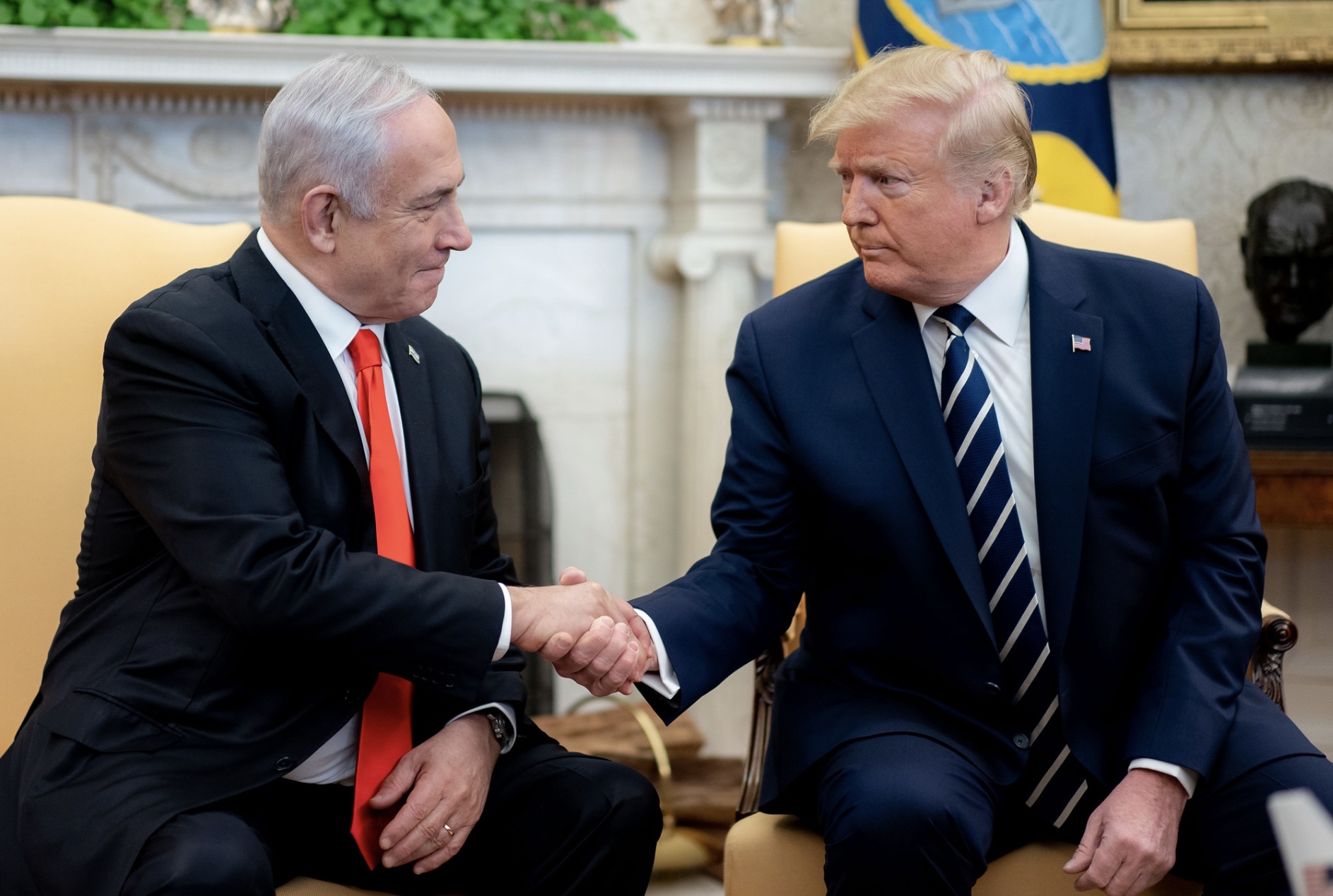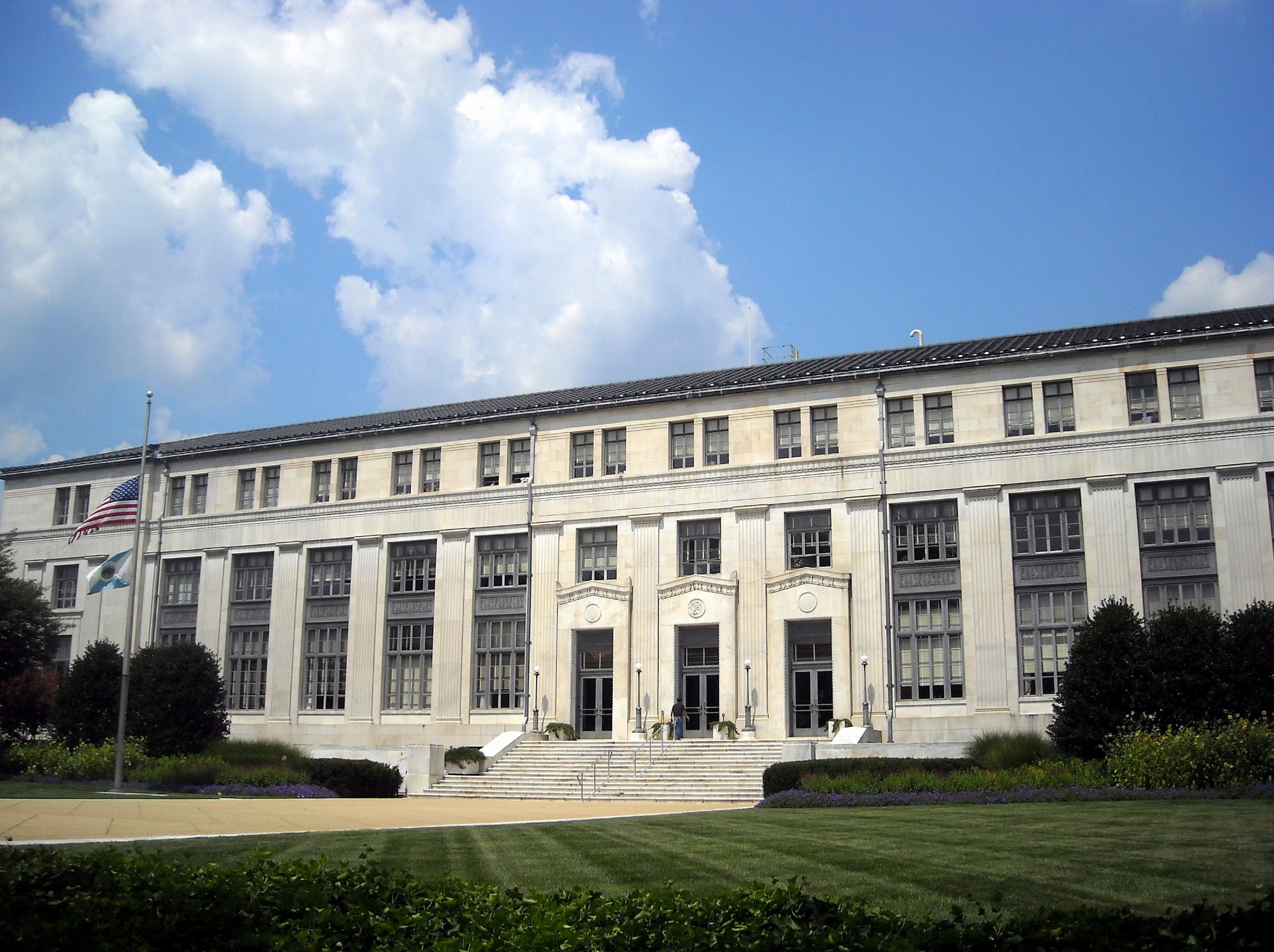Exploring the power, limits, and legacy of executive orders in U.S. governance
PRAY FIRST for godly wisdom in leadership and for God to give discernment to those in authority so their decisions reflect justice and wisdom.
Make me to know your ways, O Lord; teach me your paths. Lead me in your truth and teach me, for you are the God of my salvation; for you I wait all the day long. Psalm 25:4–5
An executive order is a formal directive issued by the president of the United States to manage operations within the federal government. Unlike legislation passed by Congress, executive orders do not require approval from the legislative branch. They obtain authority from the Constitution—specifically Article II, which grants the president the executive power of the federal government.
Executive orders date back to George Washington, though they were not numbered until the Lincoln administration. Initially used to direct administrative tasks, they have evolved into a powerful tool for enacting policy, particularly when Congress is gridlocked.
Authority and Limits
The president alone holds the power to issue executive orders, even though they must be grounded in existing constitutional or statutory authority. While they can carry the weight of law, executive orders can be overturned or limited. Congress may pass legislation that nullifies an order, but this requires a two-thirds vote to override a presidential veto, making it rare.
The judiciary also plays a critical role. Courts can invalidate executive orders if deemed unconstitutional or beyond the scope of executive authority. For example, in Youngstown Sheet & Tube Co. v. Sawyer (1952), the Supreme Court ruled against President Truman’s attempt to seize steel mills during the Korean War. Historically, executive orders increased during wartime or national crises as presidents seek swift action.
Presidential use of executive orders varies widely. Franklin D. Roosevelt issued over 3,700, including the controversial Executive Order 9066, which authorized the internment of Japanese Americans during World War II. More recent examples include President Obama’s Deferred Action for Childhood Arrivals (DACA), which offered protections to undocumented immigrants brought to the U.S. as children, and President Trump’s travel ban on several Muslim-majority countries.
These directives have shaped national policy but have also faced legal and political pushback. DACA, for instance, has been subject to numerous court challenges. This dynamic highlights both the potency and fragility of executive orders.
Legal Boundaries and Controversies
Although presidents can issue executive orders without Congressional approval, their power is not absolute. Orders must align with the Constitution and existing statutes. They cannot create new laws or allocate funds not authorized by Congress.
Executive orders can affect state governments indirectly, especially when tied to federal funding or regulatory enforcement. Critics argue that executive orders may bypass the will of the people as expressed through their representatives in Congress. Nevertheless, supporters view them as essential tools for swift, decisive leadership when legislative consensus is evasive.
Public perception of executive orders often depends on their content, political context, and how they are reported on. Some Americans view them as necessary and efficient; others see them as overreach.
The perception that executive orders benefit specific groups can influence public support or criticism. Orders addressing immigration, education, or public health often prompt partisan reactions, especially if issued without broad public discussion.
Recent EOs
As of late July 2025, President Trump has signed 176 executive orders spanning a wide range of policy areas, including immigration, energy, trade, technology, and environmental management.
“Protecting the American People Against Invasion” (Executive Order Number 14159) revokes several immigration policies from the previous administration and directs a more forceful application of existing immigration laws. Its primary goals are to curb illegal border crossings, combat human trafficking, and disrupt cartel operations. The Department of Homeland Security (DHS) is responsible for ramping up enforcement efforts, including increasing deportations and reviewing Temporary Protected Status (TPS) designations. U.S. Citizenship and Immigration Services (USCIS) has been tasked with modernizing registration systems for undocumented immigrants and enhancing security checks at ports of entry. Congress may be called upon to pass legislation that provides funding for expanded detention facilities, additional border personnel, and other enforcement infrastructure. While the executive order sets the direction, any long-term immigration reform or new laws will require Congressional approval.
“Removing Barriers to American Leadership in Artificial Intelligence” (Executive Order Number 14179) is America’s AI action plan, designed to position the United States as a global leader in AI innovation by reducing regulatory barriers and promoting open-source development and free speech protections within AI systems. The plan directs federal agencies to identify and eliminate outdated or restrictive regulations that may hinder technological progress. Federal agencies are reviewing existing rules to ensure they align with the new pro-innovation framework. Congress may be required to authorize funding for critical infrastructure, workforce education, and collaborative efforts between government and private industry. The Department of Defense (DoD) and Department of Energy (DOE) are tasked with accelerating the integration of AI technologies into national security and energy operations, respectively. This coordinated effort aims to foster a competitive, secure, and ethically grounded AI ecosystem in the U.S.
“Make America Beautiful Again” (Executive Order Number 14313) is an executive initiative aimed at revitalizing the nation’s public lands and national parks. It focuses on expanding public access, streamlining environmental regulations, and promoting conservation through both government and private-sector collaboration. The Department of the Interior is responsible for developing a comprehensive plan that includes raising entry fees for international visitors and investing in infrastructure upgrades across national parks. Congress may need to approve new funding or reallocate existing budgets to address deferred maintenance and support long-term improvements. Federal land management agencies are expected to revise internal policies to reduce regulatory delays and improve efficiency in permitting and land use decisions. This initiative seeks to balance environmental stewardship with increased public enjoyment and economic opportunity.
The full text of executive orders are published in the Federal Register, a division of the National Archives and Records Administration, but many Americans remain unaware of what they are or how they function.
Why It Matters and How We Can Respond
Executive orders affect real lives. Whether shaping trade and economic policy, environmental regulations, immigration enforcement, or military decisions, these directives carry weight. Understanding them helps us better evaluate the actions of our leaders.
From a Christian perspective, engaging with executive authority involves seeking both truth and accountability. Proverbs 28:2 reminds us, “When a land transgresses, it has many rulers, but with a man of understanding and knowledge, its stability will long continue.” Our call is to uphold integrity while also promoting wise governance.
We can continue to:
– Stay informed so that we can pray over the president and all who work in the administration
– Seek further honesty, transparency, and checks on executive power
– Encourage civil dialogue about the ethical use of authority – Continually pray for wisdom in leadership and the rule of law
HOW THEN SHOULD WE PRAY:
— Pray for civic understanding and for us to grow in knowledge and engagement with the systems that govern us. An intelligent heart acquires knowledge, and the ear of the wise seeks knowledge. Proverbs 18:15
— Pray all who are in authority to lead with humility, seeking service over control. Whoever would be great among you must be your servant. Matthew 20:26
CONSIDER THESE ITEMS FOR PRAYER:
- Pray for journalists and educators who can aid in demystifying executive powers.
- Pray for balance between executive action and legislative collaboration.
- Pray for all federal courts to act wisely in upholding constitutional checks.
Sources: American Bar Association, Legal Information Institute, Cornell Law School, Justia, United States Courts (USCourts.gov)









